When it comes to selecting natural stone flooring, understanding the origins and characteristics of limestone and travertine is crucial. Both are forms of sedimentary rock. In this article, we will delve briefly into their formation processes and how these influence their use as flooring materials. We will also look at how you can use them in your interior decor.
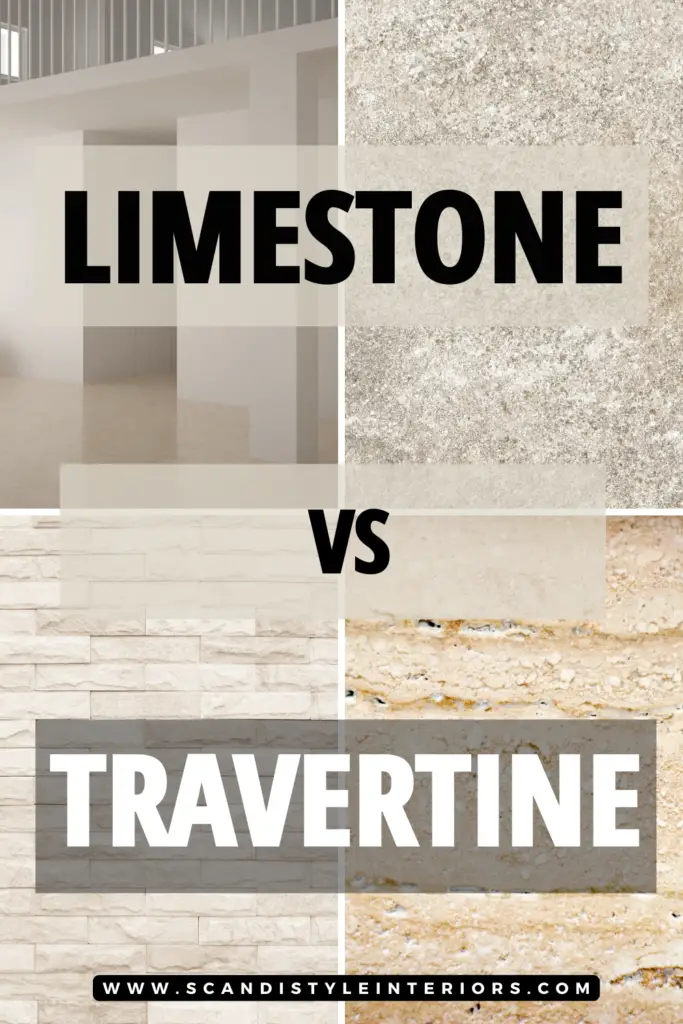
Limestone: A Classic Choice
Limestone, a sedimentary rock primarily composed of calcite, has been a cornerstone in the world of architecture and design for centuries, embodying a blend of natural beauty, durability, and versatility. Limestone, found in the majestic limestone caves and ancient seabeds, offers more than just aesthetic appeal; it brings a piece of the earth’s history into our homes and buildings.
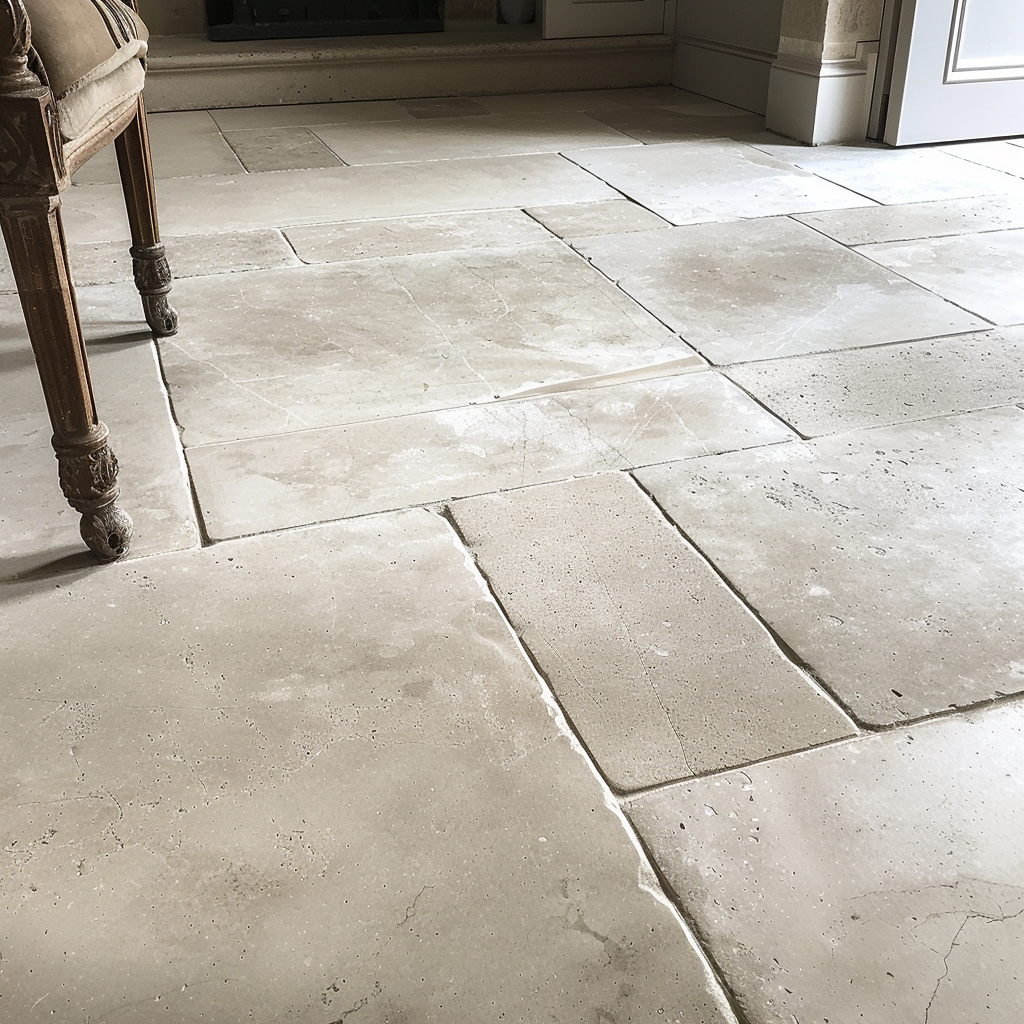
Notably, limestone tile is a popular option for commercial projects and residential spaces alike, offering an elegant solution for high traffic areas. Its natural materials give it a heat resistant quality, making it an ideal choice for environments exposed to direct sunlight or equipped with underfloor heating, ensuring the surface of the stone remains comfortable underfoot in any condition.
Travertine: Elegantly Textured
Travertine, with its elegantly textured surface, offers a distinct aesthetic that sets it apart in the realm of natural stone. It is a type of limestone, born from the mineral deposits of hot springs, showcasing a mesmerizing array of earth tones, embodying the essence of the natural world. The presence of small holes and air bubbles, formed during its creation gives travertine its characteristic texture, making each piece uniquely beautiful.
This type of natural stone is not only valued for its natural beauty but also for its versatility in both residential use and commercial projects. Travertine pavers are an excellent choice for outdoor applications such as pool surrounds and patios, where their natural slip resistance can be especially beneficial.
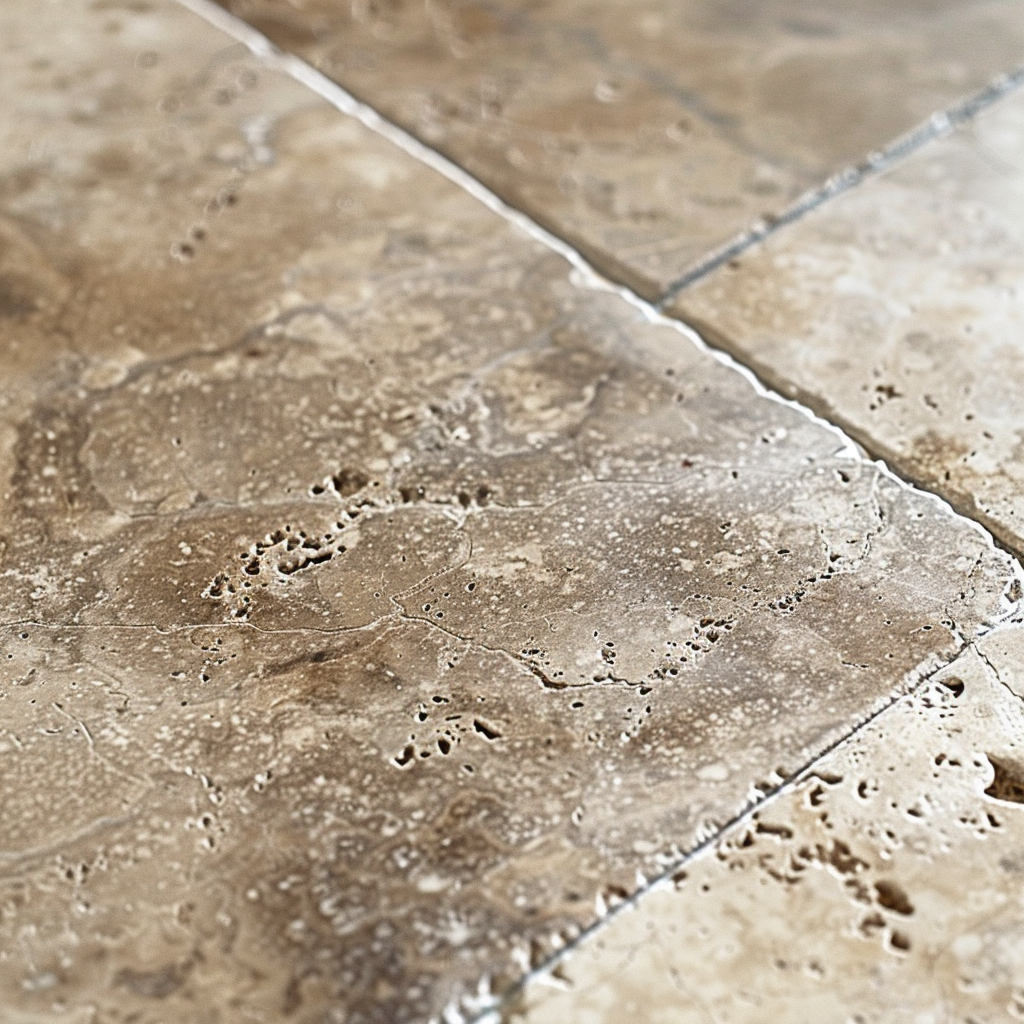
For indoor floors, travertine tile provides a warm, inviting look that complements a variety of decor styles, from traditional to contemporary.
Moreover, travertine’s unique patterns and stunning range of earthy colors offer designers and homeowners the opportunity to create spaces that reflect personal preference and style. Whether opting for a polished, honed, or tumbled finish, travertine can be tailored to meet specific design goals, making it a perfect choice for those seeking to add a touch of natural elegance to their projects.
Application and Maintenance: Key Considerations
Proper maintenance is essential, regardless of your choice. Limestone requires less maintenance, making it an ideal choice for outdoor areas and underfloor heating applications. Travertine, on the other hand, demands regular maintenance to maintain its beauty, especially in high traffic areas. Understanding the specific maintenance requirements and application versatility of each stone will help you make an informed decision.

Travertine does require regular maintenance to preserve its appearance. Regular sealing is recommended to protect against stains and wear, especially in high traffic areas or when used as pool pavers. However, with proper care, this durable stone can withstand the test of time, maintaining its elegance for years to come. To learn more about floor sealing check out Floor Sealer vs Wax; Which Is the Better for Your Floors?
Moreover, the less maintenance aspect of limestone, compared to other natural stones, simplifies its upkeep, making it a good choice for those seeking durability without the hassle of regular maintenance. Whether it’s the pool area, garden paths, or exterior wall cladding, limestone’s adaptability as a building material makes it a perfect match for both outdoor use and indoor elegance.
Making the Right Choice: Limestone vs. Travertine
Deciding between limestone and travertine involves weighing factors like maintenance, durability, and aesthetic preference. Limestone offers a classic look with less maintenance, making it a better option for outdoor use and high traffic areas. Travertine, with its unique patterns and textures, requires regular sealing but provides a distinct, warm aesthetic that can enhance the natural beauty of any space.
Ultimately, the choice between limestone and travertine flooring boils down to personal preference, design goals, and practical requirements. Both stones offer timeless appeal and durability, with the right proper care and maintenance. Whether you’re drawn to the classic appeal of limestone or the unique characteristics of travertine, use the table below to select the right stone for your project that will enhance the natural beauty and value of your space.
| Feature | Limestone | Travertine |
|---|---|---|
| Origin | Formed under the ocean from the accumulation of marine organisms. | Forms from the precipitation of calcium carbonate in hot springs or limestone caves. |
| Texture and Finish | Generally has a smooth finish; less porous compared to travertine. | Characterized by pitted holes and troughs; available in filled for a smoother finish or unfilled for a rustic look. |
| Durability and Maintenance | Durable and resistant to extreme heat; requires less maintenance. | Requires regular maintenance and sealing to protect against wear and staining, especially in high traffic areas. |
| Heat Resistance | High heat resistance, making it suitable for sunny outdoor areas and underfloor heating. | Not as heat resistant as limestone; care should be taken in high-temperature applications. |
| Application | Ideal for indoor floors, outdoor patios, pool areas, and exterior wall cladding. | Versatile for both residential and commercial projects, including interior floors, pool pavers, and decorative walls. |
| Aesthetic Appeal | Offers a classic, uniform look with a wide range of colors. Suitable for spaces seeking a timeless elegance. | Provides a warm, inviting aesthetic with its unique patterns and textures. Great for adding character to a space. |
| Cost and Value | May be more expensive than travertine depending on the type and finish. Offers great value due to its durability and classic beauty. | Generally more affordable than limestone, but requires more maintenance. Offers unique aesthetic value for the investment. |
This table highlights the key differences between limestone and travertine, focusing on their origins, physical characteristics, maintenance requirements, and applications.
12 Ideas For Your Home
1. Limestone Flooring in Living Room

2. Travertine Flooring in Kitchen
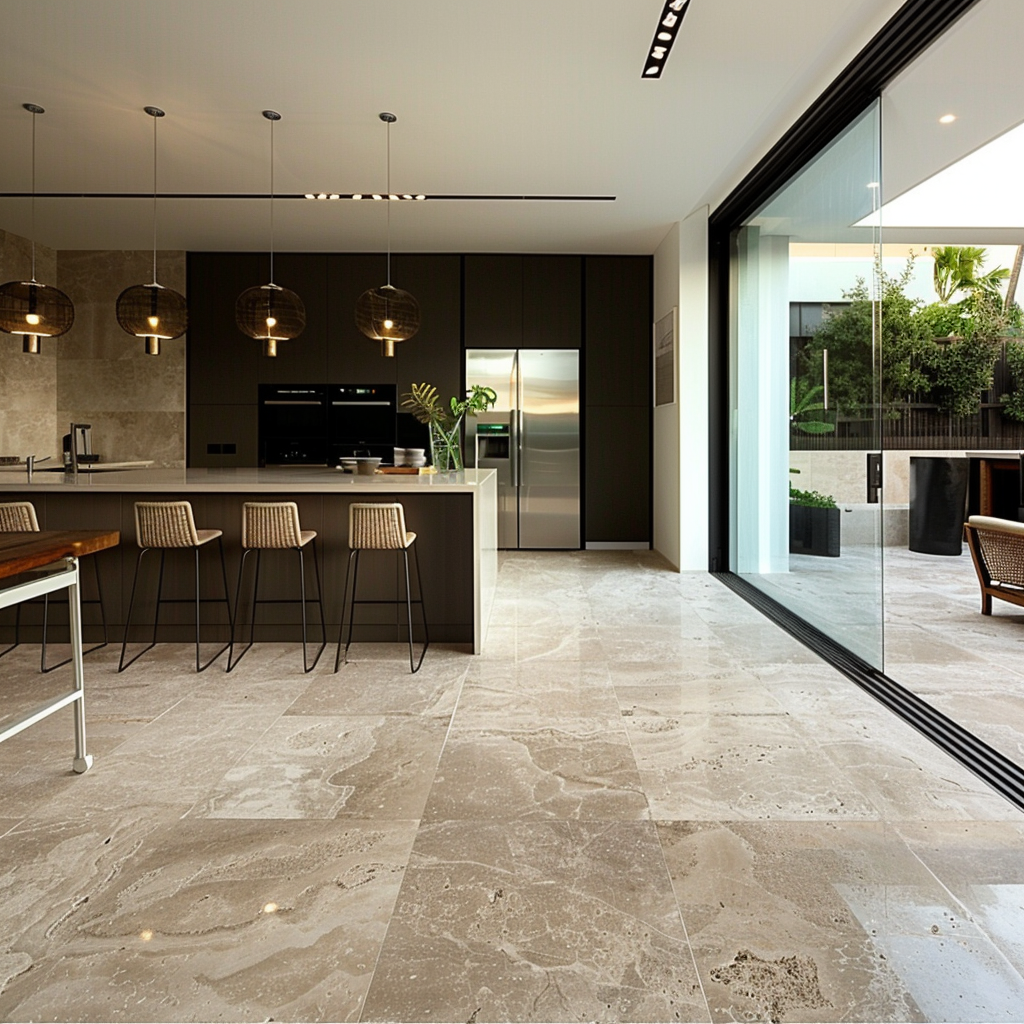
3. Limestone Flooring in Bathroom
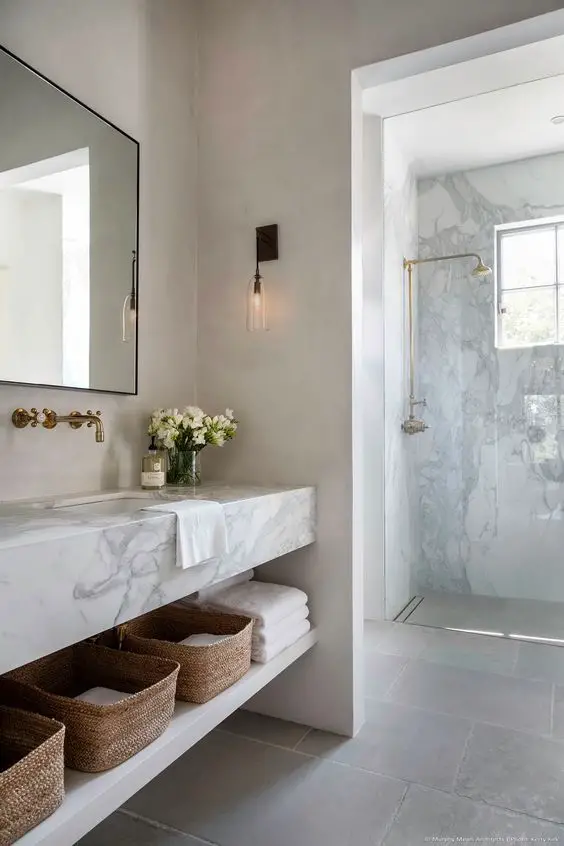
4. Travertine Flooring in Entryway
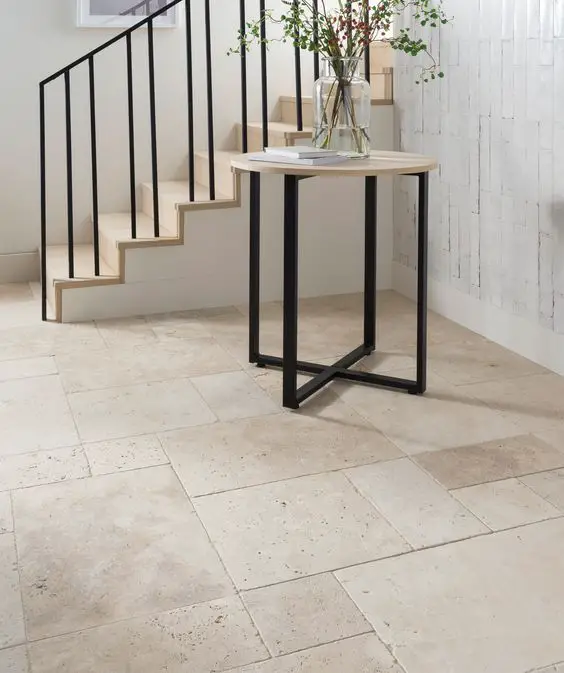
5. Limestone Flooring in Hallways
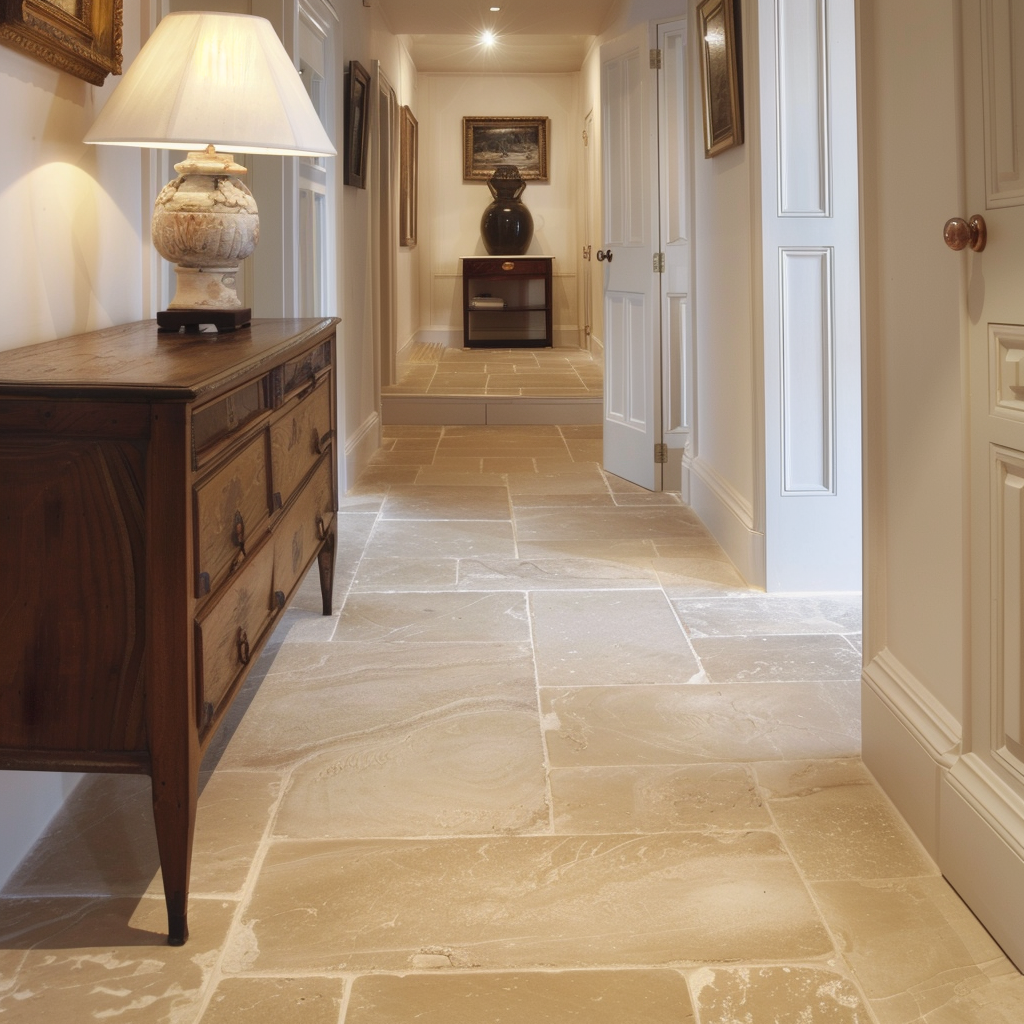
6. Travertine Flooring in Bedroom
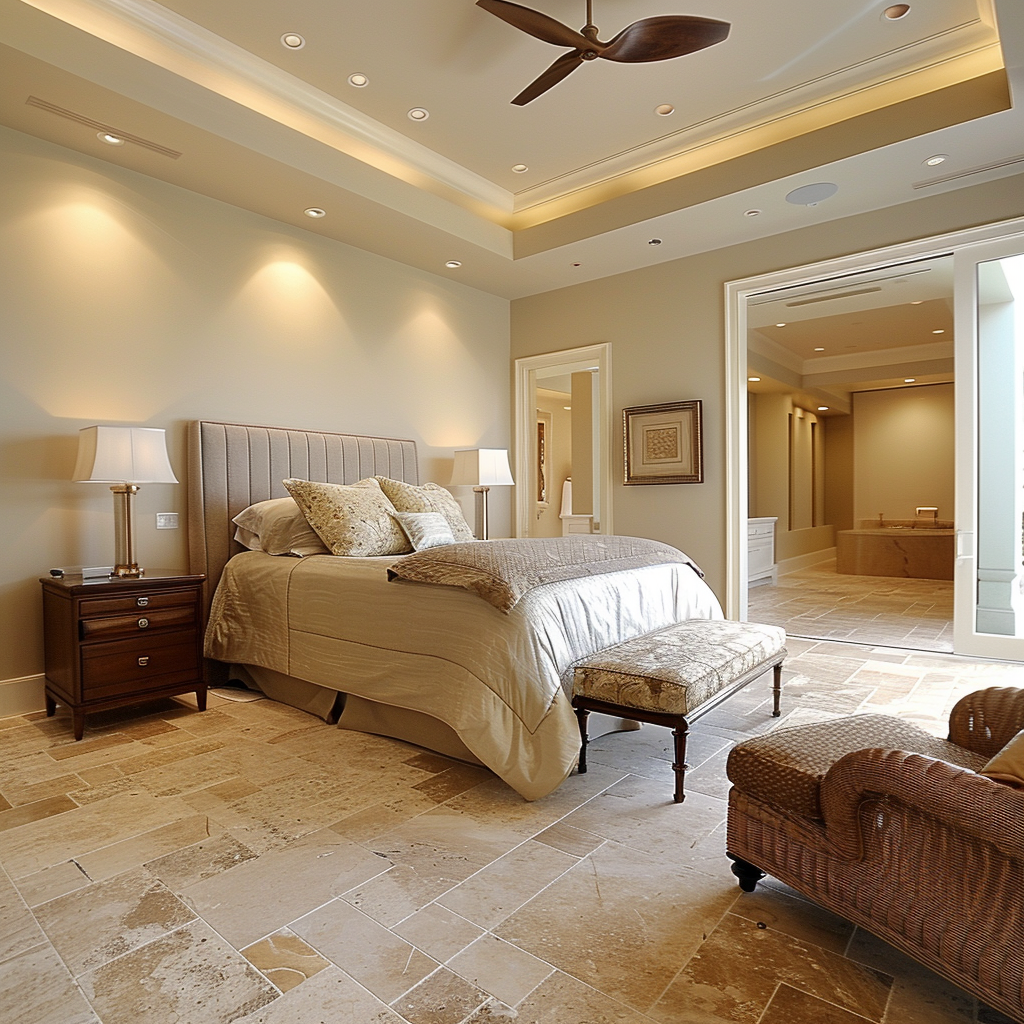
7. Limestone Flooring in Dining Room

8. Limestone Tiles on Fireplace Surround
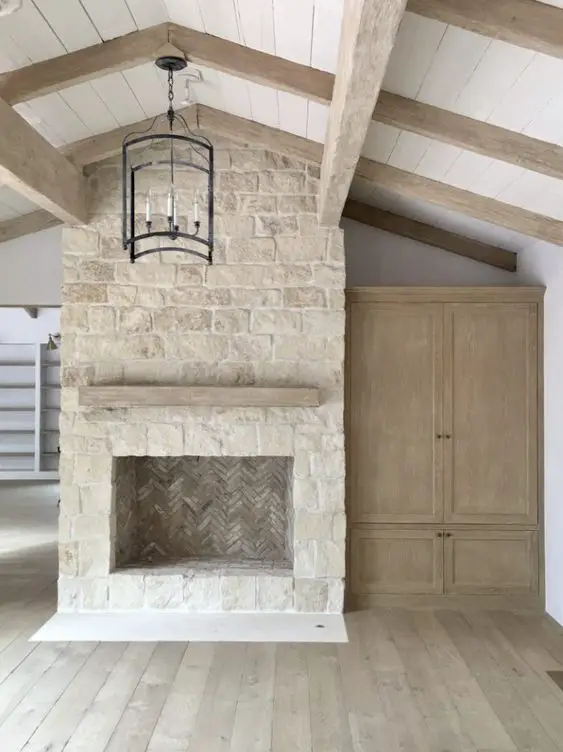
9. Travertine Flooring on Outdoor Pool Area
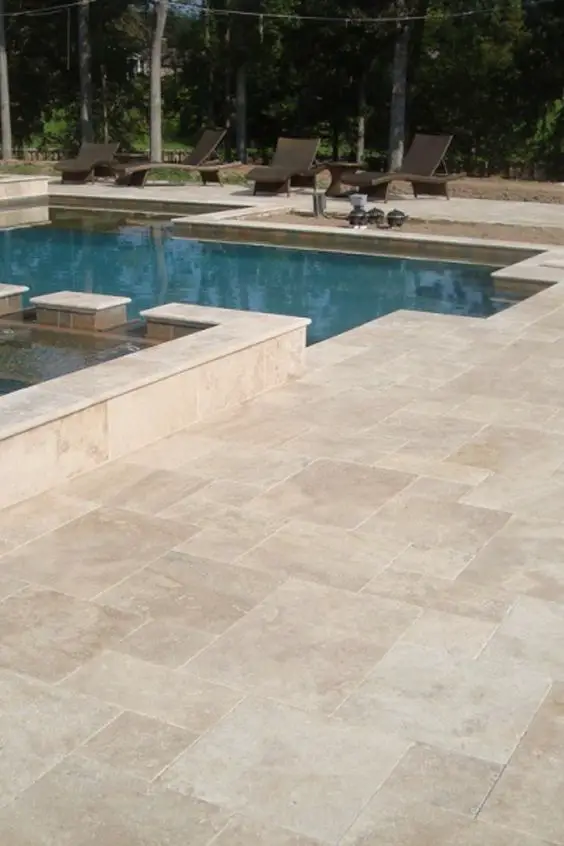
10. Limestone Staircase
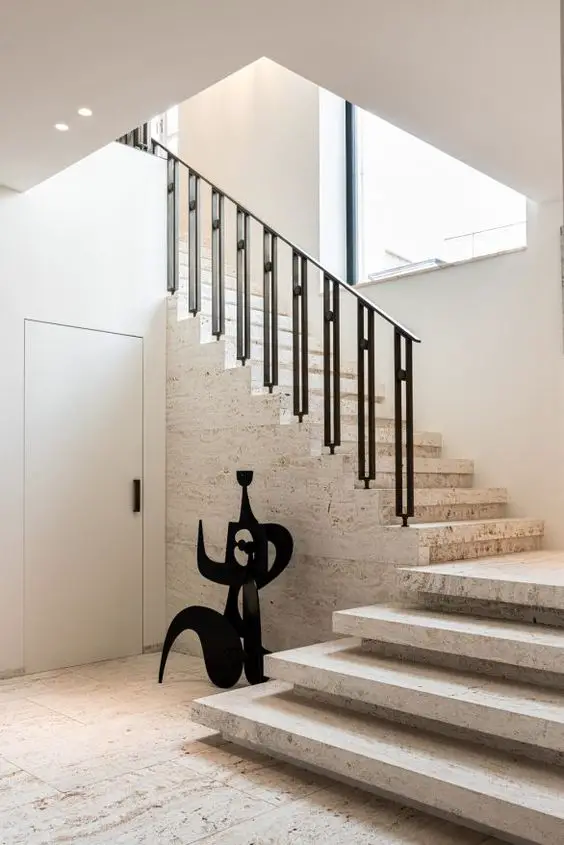
11. Travertine Flooring on Balcony
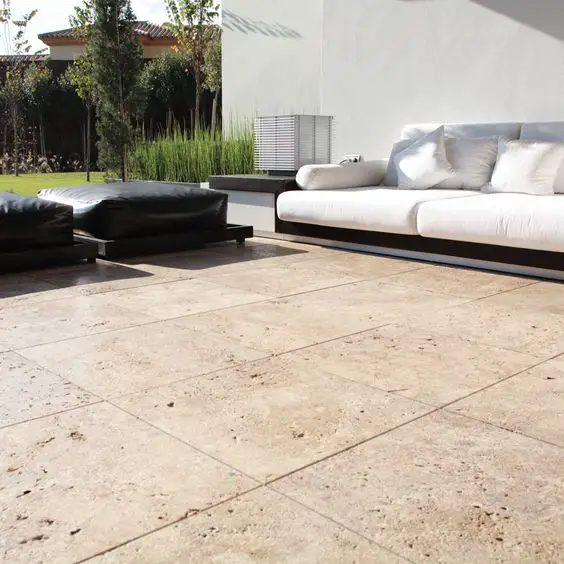
12. Limestone Flooring for Pool Area

Personal Preference and Final Thoughts
Each type of rock has its unique advantages, making them suitable for a variety of design preferences and practical needs. Whether you’re drawn to the elegant simplicity of limestone or the textured warmth of travertine, understanding these differences can help you make an informed decision for your next project. Explore our article on “Exploring the Elegance of Scandinavian Flooring” for more insights on incorporating natural stone into your designs.

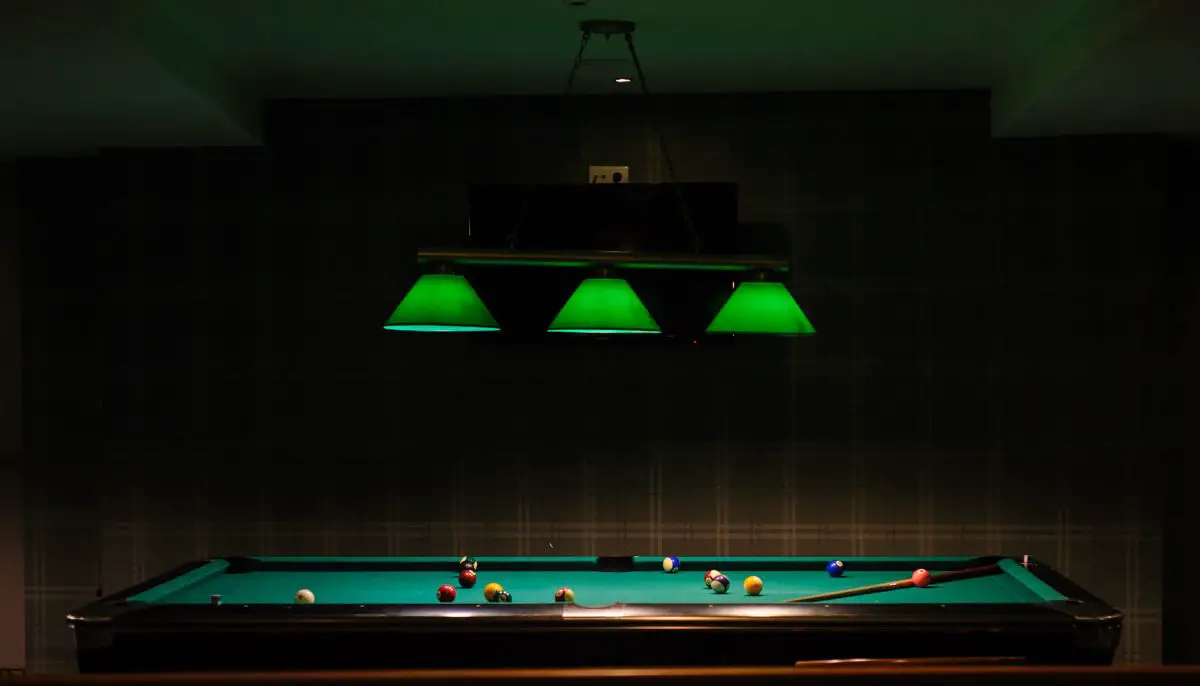





Leave a Reply